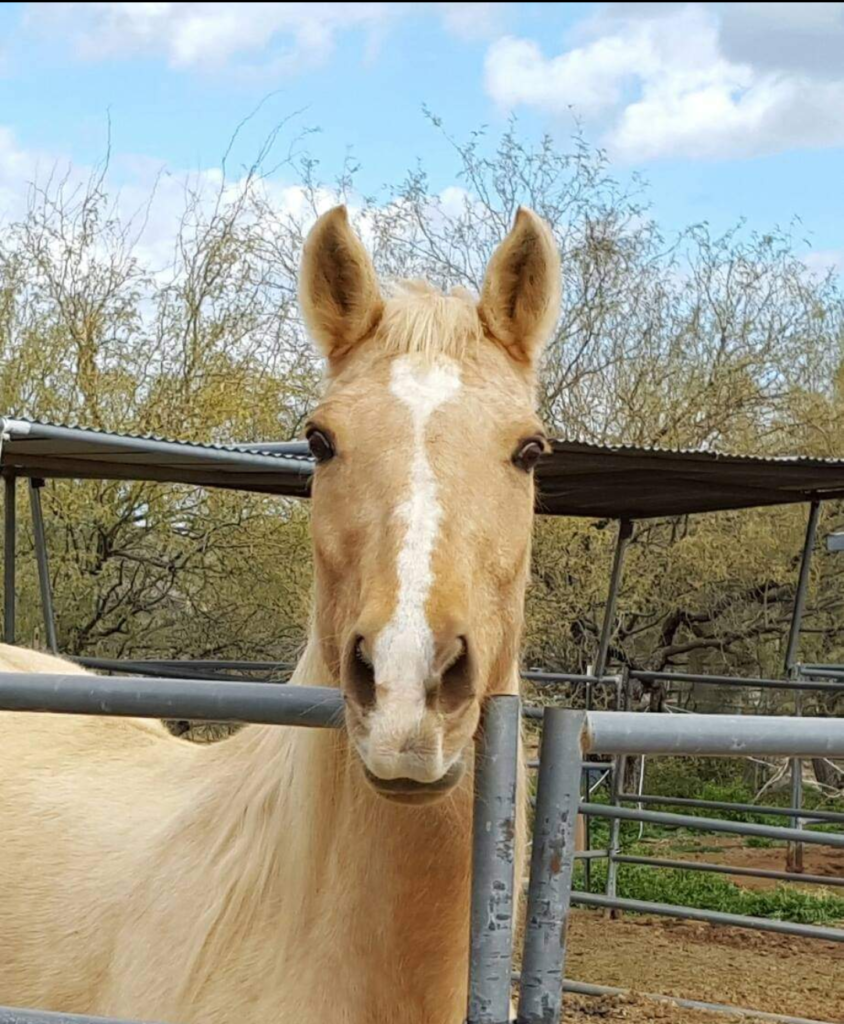
AS AN AMAZON ASSOCIATE, I EARN FROM QUALIFYING PURCHASES
Dealing with Sand Colic: A Country Guide for Horse Owners
As many of you know, I recently lost one of my best friends Peaches. The underlying clause for her passing was Sand Colic, she was only 20 and as you know that 30 is not an unreasonable life expectancy for horses. Sand Colic is preventable the following article will provide you with a good approach.
Howdy y’all, welcome back to the homestead! Today, we’re talkin’ about a mighty serious matter for them four-legged beauties we love dearly – sand colic in horses. Now, if you’re scratchin’ your head wonderin’ what in tarnation sand colic is, don’t you worry none. We’ll saddle up and ride through the cause, effect, and how to treat this here ailment.
The Cause:
Now, before we dive into the nitty-gritty, let’s mosey on over to the root of the problem. Sand colic, partner, occurs when horses munch on feed or graze in sandy pastures, pickin’ up them tiny grains of sand along the way. Over time, this sand builds up in their bellies like sediment in a riverbed, causin’ a heap of trouble. For some reason, I can only speculate, sand colic seems to occur around changes in the weather.
The Affect:
Now, let me tell ya, sand colic ain’t no walk in the park for our equine friends. Them grains of sand can settle in the gut like a stubborn rock in a stream, causin’ blockages and downright discomfort. A horse with sand colic might show signs like:
- Lack of Appetite: If your horse is turnin’ up its nose at feed time, it might be feelin’ the effects of sand colic.
- Pawin’ at the Ground: Just like a fella diggin’ for gold, a horse with sand colic might paw at the ground, tryin’ to ease the discomfort.
- Rollin’ and Strainin’: If you catch your horse rollin’ around like a tumbleweed in the wind, it could be tryin’ to relieve them belly pains.
The Treatment:
Now, let’s talk turkey about how to handle this here sand colic. Remember, prevention is worth a pound of cure, but if your horse done already got itself into a pickle, here’s what you can do:
- Call the Vet: First things first, when you suspect sand colic, don’t dilly-dally. Give your trusty vet a holler quicker than a jackrabbit on a hot day.
- Keep ‘Em Movin’: Just like a dance at the barn, keep your horse movin’ around. Gentle exercise can help move them grains of sand through the gut.
- Water, Water Everywhere: Hydration is key, pardner. Offer your horse plenty of fresh water to keep things flowin’ smoothly.
- Fiber Up: Feedin’ your horse plenty of high-fiber hay can help sweep that sand right outta their system.
- Sand Clearin’ Supplements: Your vet might recommend a special supplement to help clear out them pesky grains of sand.
Prevention is the Best Medicine:
Now, I reckon the best way to deal with sand colic is to steer clear of it altogether. Here’s a few tips to keep your horse from trottin’ down that sandy path:
- Feed from the Ground: When it comes to feedin’ time, keep them buckets down low. Grazin’ closer to the ground means less chance of pickin’ up sand. We feed alfalfa in a feeder but the horses pull it out.
- Pasture Management: Keep them pastures in tip-top shape, partner. Regular draggin’ and maintainin’ can help keep the sand at bay.
- Supplement with Psyllium: A little sprinkle of psyllium husk or pellets in your horse’s feed can help keep their digestive system runnin’ smooth.
So there you have it, folks – a crash course in sand colic for all you horse-lovin’ cowpokes out there. Remember, keep an eye on them furry friends of yours, and if you suspect trouble, don’t hesitate to call in the cavalry. Until next time, happy trails and may your pastures be forever sandy-free!
